From Ocean Liner to Cruise Ship: The Marine Art of Harley Crossley
If you frequent the “important” cruise ships or the lines’ corporate boardrooms, you will very likely have seen a Crossley on the walls. One stairway on Cunard’s Queen Elizabeth II alone showcases seven! He’s painted (marine art, city- and landscapes) for over thirty years but this is his first book.
The very thing that sets Crossley’s artwork apart is the least visible when printed on paper: it has texture, dimensionality. This is because he paints with palette knives, layering wet paint on top of wet paint. He is the acknowledged expert in Britain in this style. From stone walls to undulating waves, this (oil) painting technique lends itself to relief work and requires one large, flat straight-edged knife and a smaller one with a diamond-shaped head. Brushes are only used for micro-detail work. One page of the book shows four progressive steps in one painting. Simply in terms of motor movement this technique is difficult enough but Crossley (b. 1936) begins at the top of the canvas and works his way down, which requires a whole different way of “seeing” the picture in his head. It does, of course, mean that his paintings are not in the hyperrealist style that would render a 5 o’clock shadow so realistic you’ll want to reach for the shaver.
As a Southampton man Crossley (b. 1936) grew up within sight of ocean liners in their heydey and, in fact, worked in the docks as a messenger. The landscape-format book begins with several dock scenes and then shows 39 ships on 2 to 4 pages each, in chronological order from the 1897 Kaiser Wilhelm to the 2010 Queen Elizabeth. Crossley, incidentally, is the painter of the latter’s official portrait which now hangs in its Grand Lobby.
For each ship there is one page of descriptive commentary highlighting key moments in its development and operational history, one period photo, and several paintings (no final size, year, or location are stated). Many of the ships are shown in port or near shore so there’s a lot going on in the paintings. The book’s first and last several pages show Crossley at work, and, small though it is, it even has an Index.
Regardless of your degree of interest in the subject matter, the painterly technique and artistic vision, presented in a truly well-designed and -produced book (lovely typefaces) make for a most tempting acquistion.
Copyright 2012, Sabu Advani (speedreaders.info).


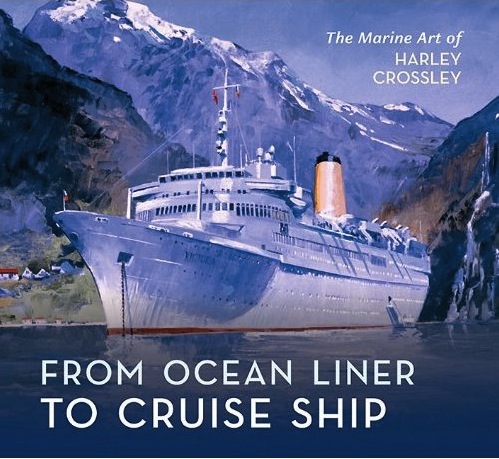
 RSS Feed - Comments
RSS Feed - Comments



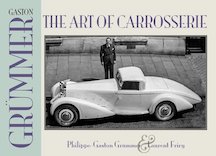

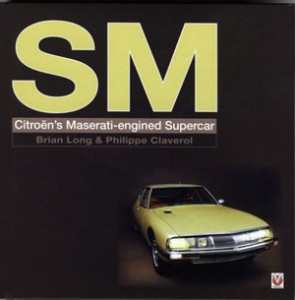
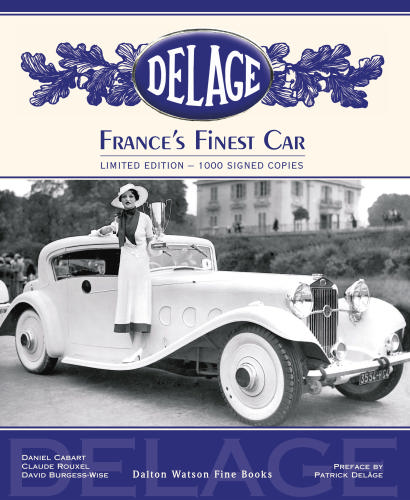
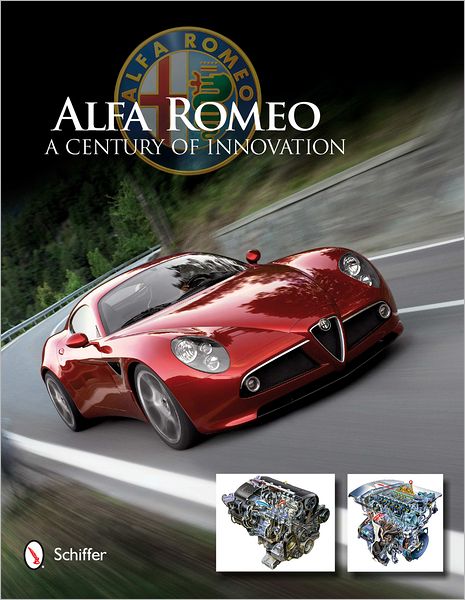










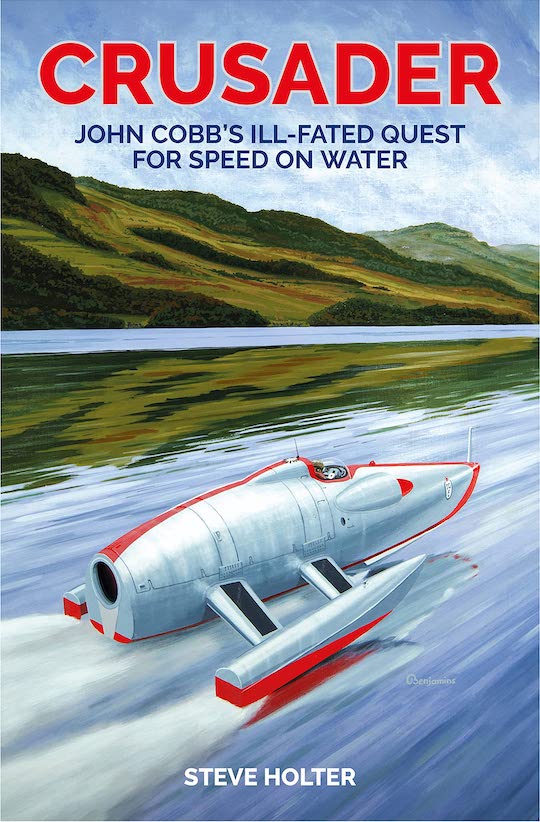
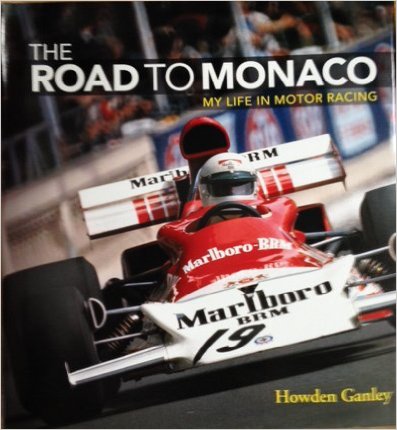

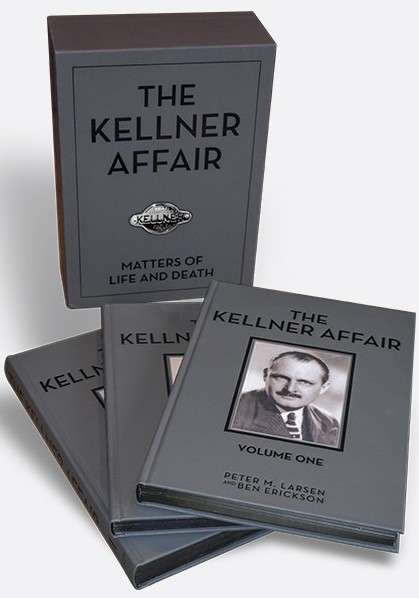

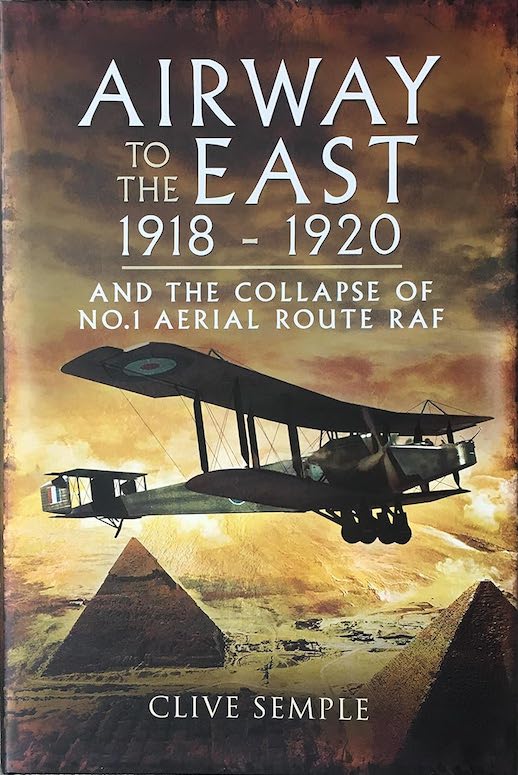
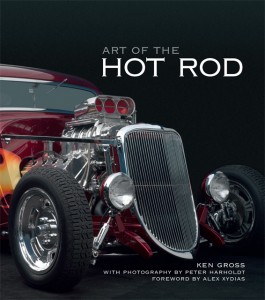
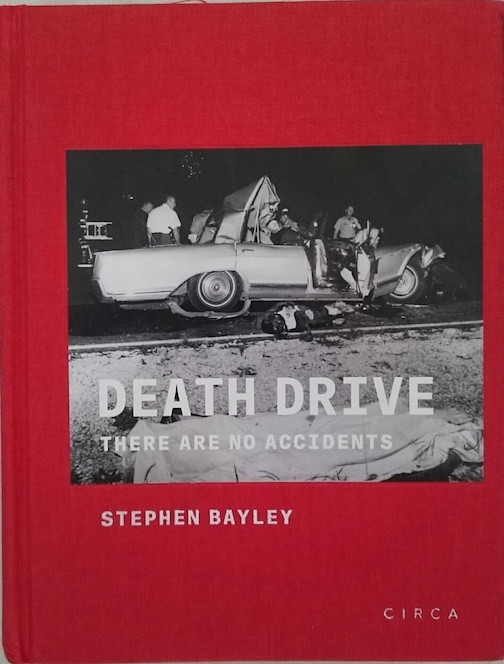


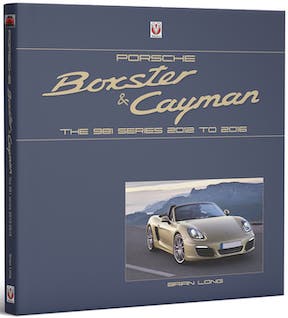
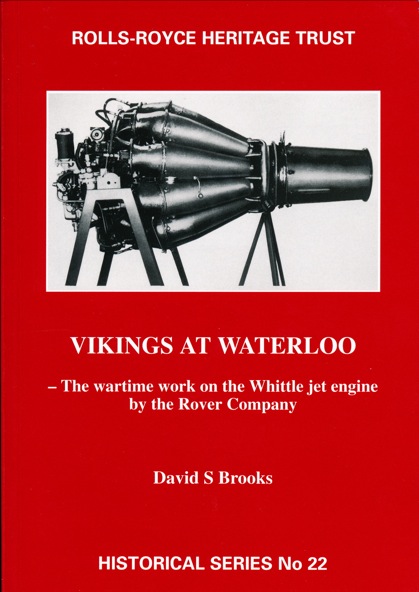

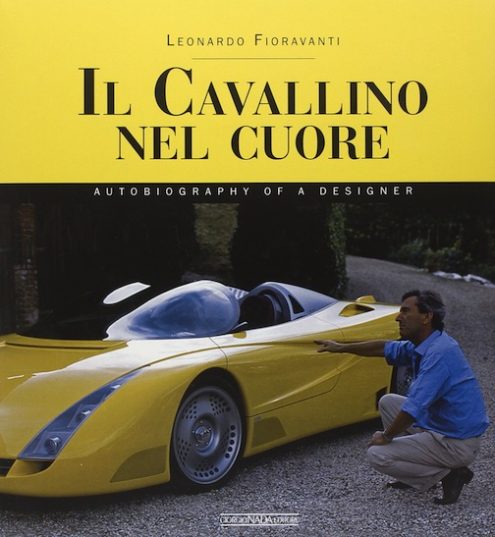



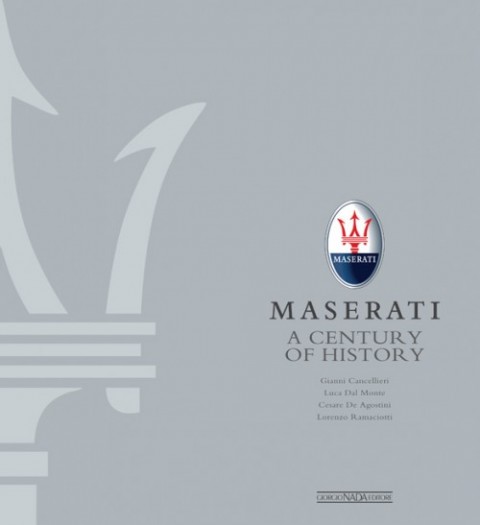
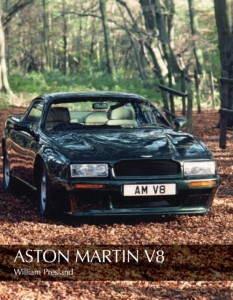


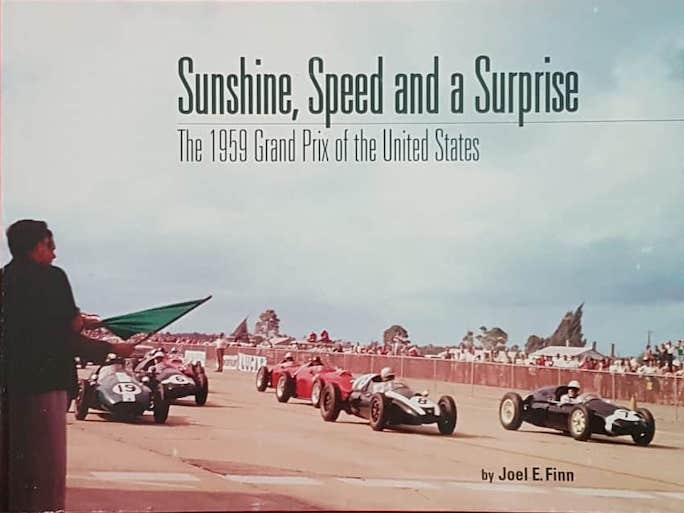



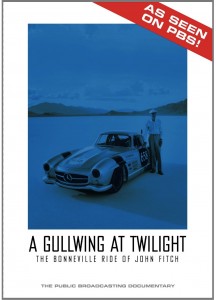










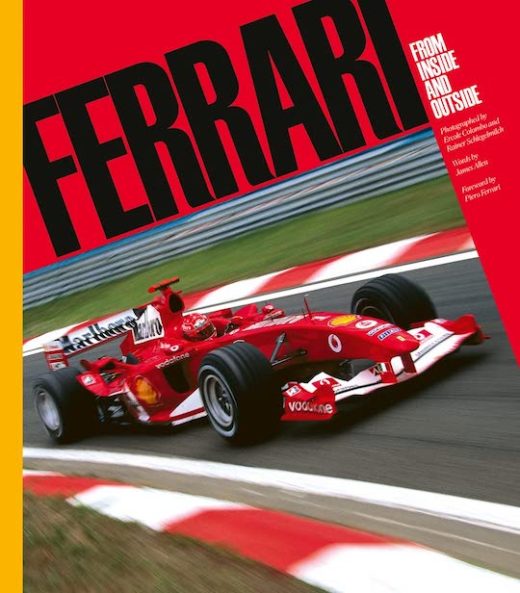

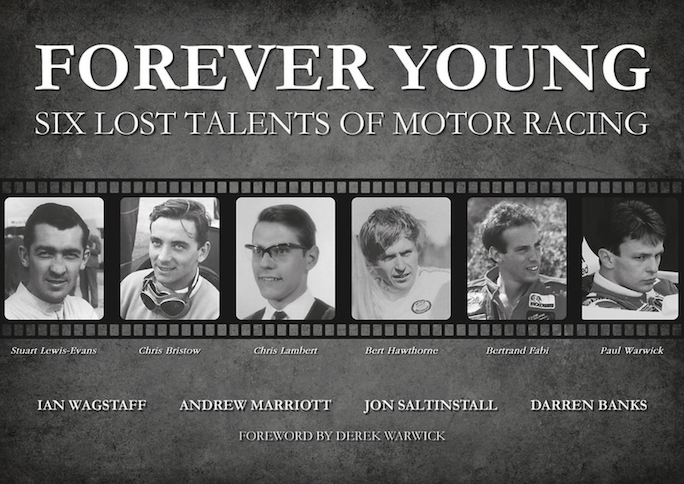



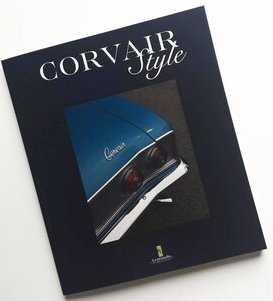






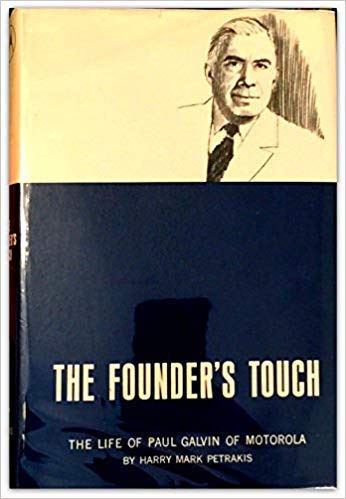

 Phone / Mail / Email
Phone / Mail / Email RSS Feed
RSS Feed Facebook
Facebook Twitter
Twitter